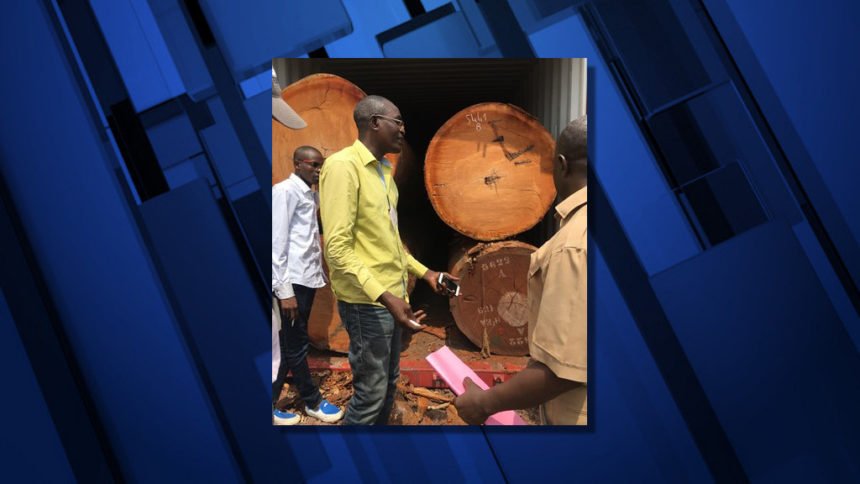OSU new home of crime-fighting wood forensics lab

CORVALLIS, Ore. (KTVZ) – Oregon State University’s College of Forestry is the new home of a forensics lab that fights the illegal timber trade, a $1 billion annual problem for the U.S. forest products industry.
The Wood Identification & Screening Center was previously headquartered in Ashland as a partnership between the Forest Service International Programs office and the U.S. Fish and Wildlife Service Forensics Laboratory. Its move to Corvallis is the result a $4 million, five-year grant from the U.S. Forest Service International Programs Office.
Scientists at the center use a specialized type of mass spectrometry for wood species identification to determine if a truckload of logs, a guitar, a dining room table or other wood products are what they are purported to be.
“The illegal timber trade is a direct attack on sustainable livelihoods and ecosystems in Oregon and other parts of the country, and also abroad,” said Anthony S. Davis, interim dean of the College of Forestry.
“Advancing the capacity for science-based approaches to curtailing such behavior aligns directly with OSU and our college’s mission to promote economic and social progress in an ecologically sound manner, and provides an opportunity for us to partner with interested countries in using novel wood identification technologies.”
WISC’s relocation to Oregon State allows the center to expand its work through collaboration with the College of Forestry while maintaining the partnership with the U.S. Fish and Wildlife Service. The new partnership with Oregon State will allow the center to expand its reference databases to help law enforcement confirm the species and origin of wood products.
As part of the center’s relocation to the college’s Richardson Hall, Beth Lebow, director of WISC for USFS International Programs, has moved to Corvallis, and a pair of WISC scientists have joined the College of Forestry faculty as assistant professors.
Since the 1900 enactment of the Lacey Act, it’s been against federal law to import illegally obtained wood into the United States, and importers are required to declare the species and country of origin of the timber they bring into the country.
Wood identification technologies are needed to thwart importers who try to skirt the law by intentionally declaring the wrong species, or the wrong place where the timber came from.
WISC uses a method known as direct analysis in real time of flight mass spectrometry, abbreviated to DART TOFMS. Using just a sliver of wood, scientists can identify the genus and species in seconds.
Oregon companies will benefit from the expertise WISC offers as an added component to their Lacey Act due-diligence systems, Davis said. WISC expertise will also support the efforts of Customs and Border Protection, Homeland Security and the Department of Agriculture’s Animal Plant Health Inspection System.
In addition, the expanded WISC is expected to become a training ground for scientists from universities, governments and other domestic and international partners.
“WISC adds a critical new tool that we can employ to help Oregon’s forest products industry maintain global competitiveness,” said Eric Hansen, professor of forest products marketing and head of the College of Forestry’s Wood Science & Engineering Department. “The center also adds an exciting new element to our renewable materials bachelor’s degree program as students will have the opportunity to gain valuable work and research experience applicable to their future careers.”